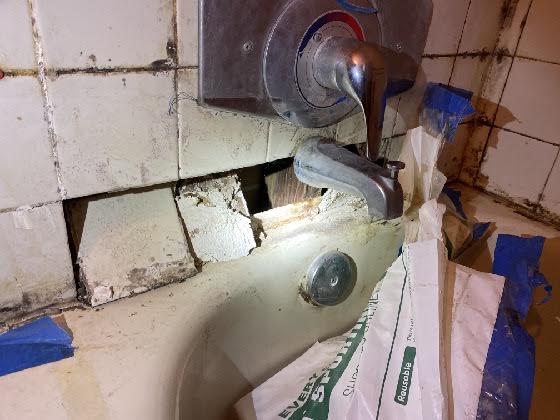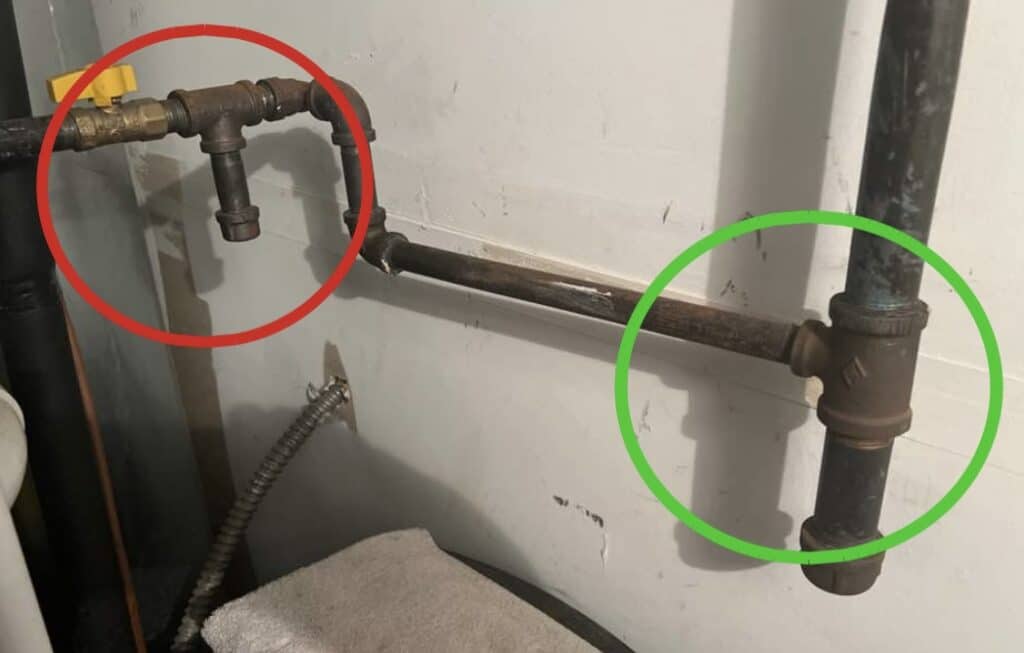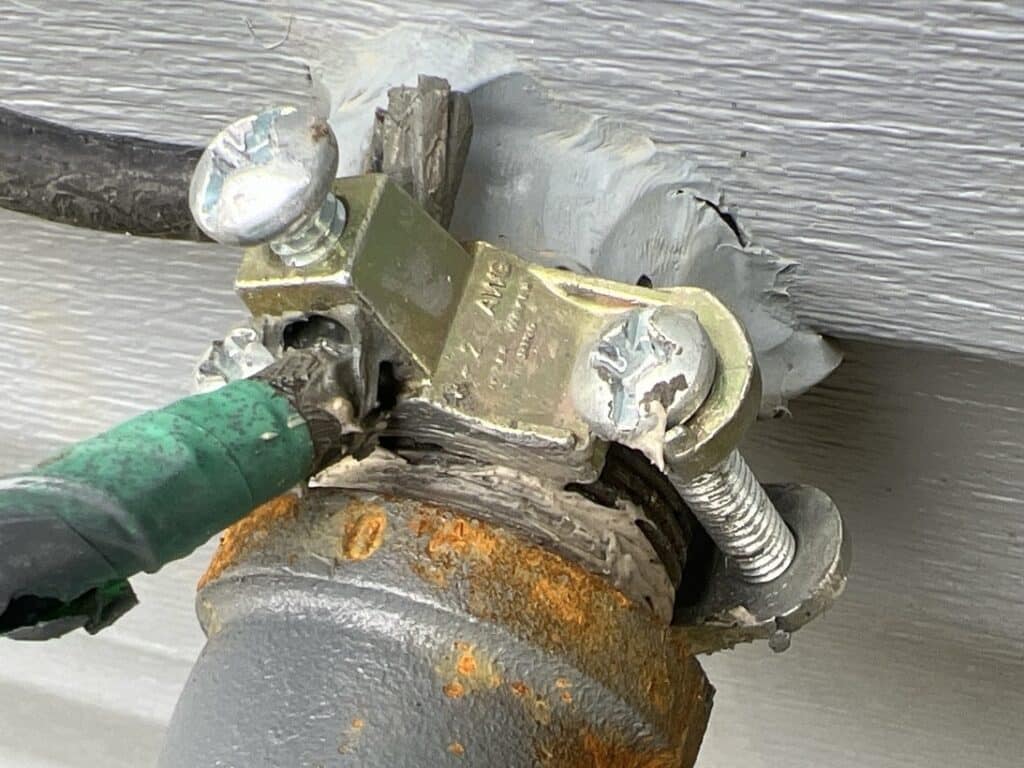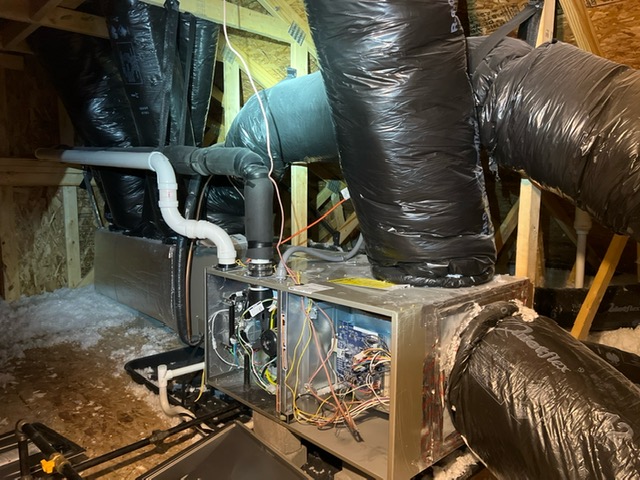
A few days without such amenities would likely have us begging for olfactory reprieve! So rather than entertaining that scenario, let’s just assume them to be non-negotiable items. As such, what can we do so that they continue to serve us well, but also to ensure that usage of them does not actually do harm to our home?
Think of these bathing areas as water and moisture management systems in which all components need to work together for the desired outcome. The water is brought in through a series of supply lines and fittings. The flow is then controlled and directed by valves. The output is then either carried away by a series of drain pipes, or contained for use in the tub by a drain plug. The water from the shower head is directed to the tub by properly installed walls of various materials. The joints at all corners, pans, spouts, floors and other vulnerable areas are sealed to prevent water penetration. Even the exhaust fan in the bathroom plays a critical roll in preventing moisture related issues. That’s a lot of parts and a lot of potential problems!
All of these items must be kept in good working order and properly maintained. As a homeowner, periodic inspection of components, accessible or visible plumbing and surrounding surfaces can save you a lot of grief and money. A failure at any of these points can add up to serious water and moisture damage quickly. In the photo above we see the result of neglected issues. Unsealed joints and leaking valves were to blame here, causing severe damage to the substrate as well as to the sub floor below the tub.
All this damage could have easily been avoided by a service call from a local plumber and a tube of caulk. I can assure you the plumber and caulk would have been considerably cheaper than now repairing the damage done.







Leave a Reply